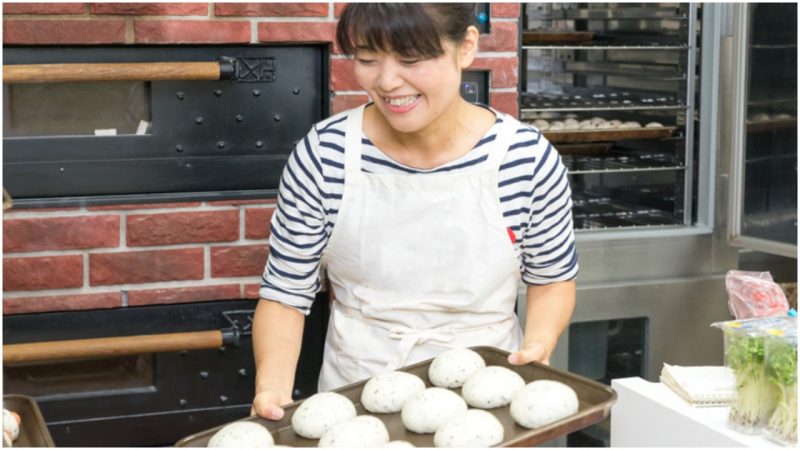Certain foods seem inextricably linked to their countries of origin: think pasta in Italy, curry in India, teff in Ethiopia, baguettes in France, rice in China. Say Japan, and you probably conjure sushi, sashimi, yakitori. But bread? Not so much.
Brace yourself. Bread consumption in Japan has risen faster than a yeast-laden loaf. In 2011, the Japanese spent more on bread than they did on the more tradition-seeming staple rice.
It wasn’t always so. Bread first landed on Japanese soil along with the first Europeans, Portuguese traders, in 1543. Subsequent ships came bearing missionaries, weaponry, and unusual food, namely bread and wheat. The Portuguese, who looked, smelled, and sounded so different, were called “Southern barbarians.” But the Japanese, in the midst of a civil war, tolerated the outsiders for a time because they were keen to purchase Portuguese firearms.

That tolerance ended, and the last of the Portuguese missionaries were banished from the island in 1639, but before they left, they traveled inland trying to convert more Japanese to Catholicism. (The missionaries were remarkably successful, which is what got them banned. Historians estimate there were 500,000 converted Catholics in Japan.) They carried with them their unusual foodstuff, that is, bread. Interestingly, the Portuguese Catholics also introduced to Japan the concept of batter-frying food coated in wheat. Today tempura seems as synonymous with Japanese cuisine as sushi.
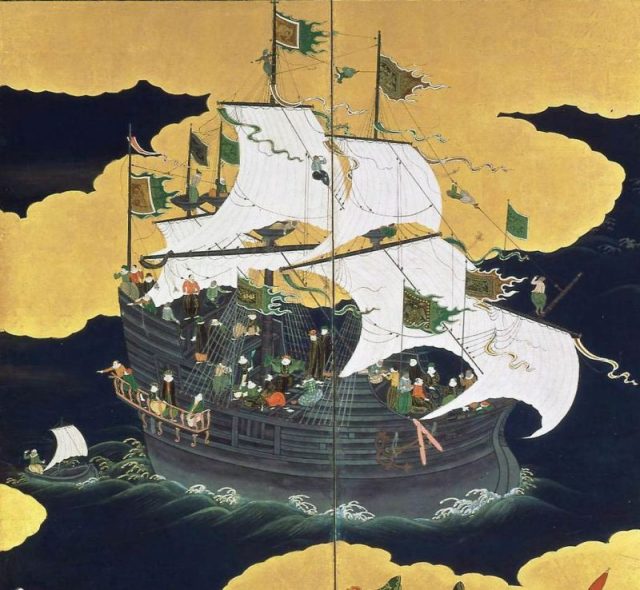
With the Sakoku edict of 1635, Japan famously closed its borders to outsiders, becoming an insular and isolated country. For more than two centuries, trade was severely restricted and nearly all foreigners were prohibited from entering the country.
Most Japanese lived on rice, millet, and barley, supplemented with vegetables and the occasional bit of fish.
Bread fell off the Japanese table until the Opium War in 1840, when it was mass-produced as a convenient field ration to feed hungry soldiers, under the recommendation of a military science researcher, according to LiveJapan.com.

Even among the military, bread was not universally admired. When the Japanese Navy tried to introduce Western-style bread and a dry wheat cracker called kanpan in 1890, the servicemen went on strike, according to Slate magazine.
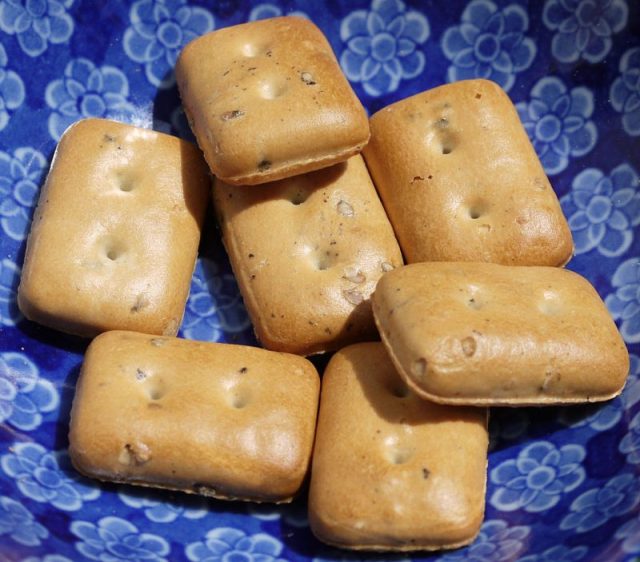
CC BY 2.5
With its borders opened to the rest of the world by the late 1800s, bread and other wheat products came back to Japanese menus, though in limited quantities. Working-class laborers ate wheat udon noodles; aspiring middle-class salarymen went to Western-style cafes, where they sampled unusual treats like pastries, cakes, and anpan, a sweet cake filled with black bean fudge.
During World War II, rice was reserved for soldiers. Civilians subsisted on rations of crude bread, dumplings, kanpan, and udon noodles. The situation got worse after the war, and Japan was on the brink of starvation when the U.S. sent in emergency rations of wheat and lard. As they already were in the U.S., sandwiches became a staple in subsidized school lunches in urban areas, a practice that lasted until the 1970s and that normalized sandwiches as a part of daily lives.
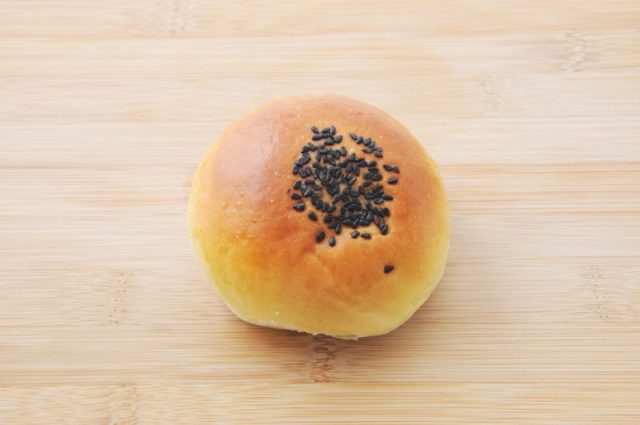
“In demographic terms, the reason the Japanese diet has shifted so markedly toward bread consumption in recent years is that those who have grown up with bread as part of their everyday diet now constitute a majority of the population,” as Iwamura Nobuko recounted on Nippon.com.
The Japanese government encouraged a Western diet of bread, meat, and dairy products in the 1950s and 1960s, according to Nobuko, as a way to build strong bodies, and set up policies to encourage wheat farming. Bread soon became emblematic of a trendy Western lifestyle.
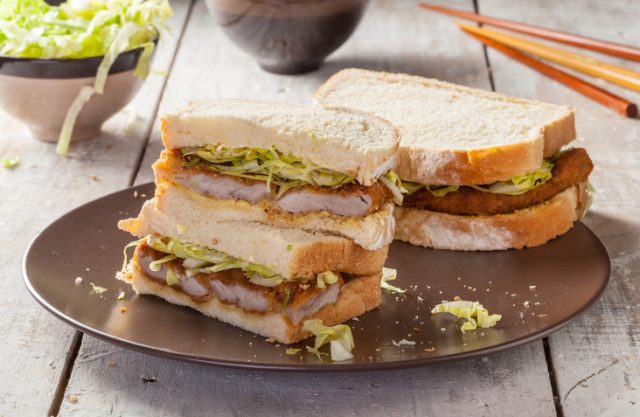
Today in Japan, as in other parts of the industrial world, contemporary busy families are dependent on quick, portable, individual meals with easy cleanup. Rice traditionally requires the preparation of at least three side dishes; a bread sandwich is easier to prepare and to customize for various family members’ tastes.
Related story from us: During World War II sliced bread was briefly banned in America
Between slices of bread, however, you’ll find something more indigenous than ham and cheese. Popular Japanese sandwiches include Yakisoba Pan, with fried soba noodles and pickled ginger; a Toyko favorite called Katsu Sando, deep-fried pork, with pickled cabbage and barbecue sauce; and Kurama, a fruit and cream filled dessert sandwich. Yum! What’s for lunch?
E.L. Hamilton has written about pop culture for a variety of magazines and newspapers, including Rolling Stone, Seventeen, Cosmopolitan, the New York Post and the New York Daily News. She lives in central New Jersey, just west of New York City.
